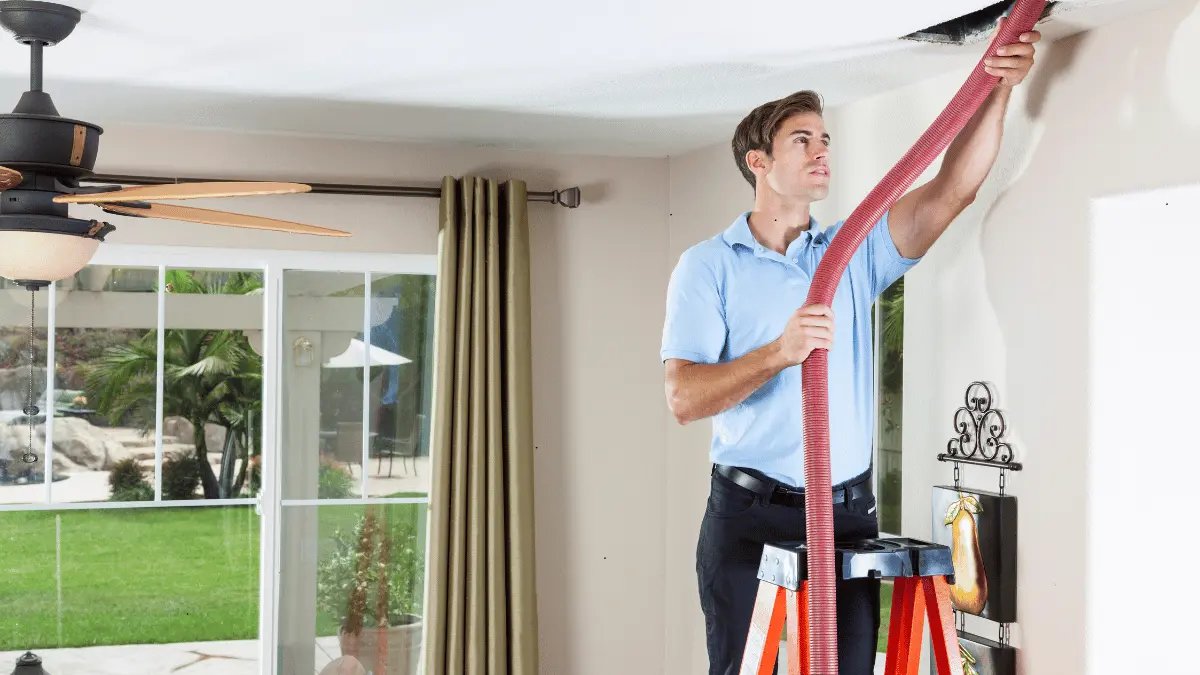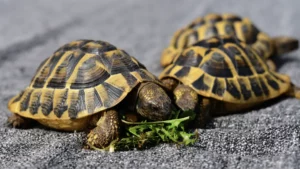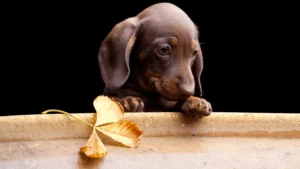Rabbit Houses and Their Features: Creating a Safe and Happy Home for Your Bunny
Craft the perfect rabbit houses! Explore key features, considerations & tips to create a happy bunny haven. Learn about rabbit houses and their features today!
Choosing the perfect rabbit house is crucial for your furry friend’s well-being. It should be a haven that provides them with ample space, comfort, and security. This comprehensive guide explores various rabbit house features, helping you create the ideal environment for your beloved bunny.
Essential Features of a Rabbit House:
- Spaciousness: Rabbit houses should offer enough room for rabbits to hop, binky (playful jumps), and exercise. The general rule is 10 square feet per rabbit, with additional space for larger breeds.
- Multiple Levels: Providing multiple levels in the rabbit house encourages natural burrowing behavior and maximizes usable space. Ramps should be gentle and have a non-slip surface to prevent injuries.
- Hiding Spots: Rabbits appreciate hiding spots to feel secure and relax. This can be a small enclosed space within the rabbit house or commercially available hideaways.
- Comfortable Flooring: Avoid wire mesh flooring, as it can cause discomfort and foot sores. Opt for solid floors covered with soft bedding like hay, towels, or rabbit-safe mats.
- Proper Ventilation: Rabbit houses need adequate ventilation to prevent ammonia build-up and respiratory problems. Ensure proper air circulation, especially if using a covered hutch.
- Easy Cleaning: Choose a rabbit house with a removable tray or easily accessible areas for effortless cleaning. Regular cleaning is essential to maintain hygiene and prevent the spread of diseases.
- Food and Water Access: Place food and water bowls inside the rabbit house at an appropriate height for easy access. Choose heavy, stable bowls to prevent tipping over.
- Hay Feeder: A hay feeder attached to the rabbit house encourages natural foraging behavior and provides a constant source of roughage.
- Chew Toys: Rabbits need chew toys to satisfy their natural chewing instincts and prevent them from gnawing on the rabbit house or furniture.
- Safe Materials: Ensure the rabbit house is made from safe, non-toxic materials like wood, metal, or pet-safe plastic. Avoid materials with sharp edges or treated with harmful chemicals.
Additional Considerations:
- Indoor vs. Outdoor Housing: Decide whether you’ll keep your rabbit indoors or outdoors. Indoor rabbits require rabbit houses with ample space and access to exercise areas. Outdoor rabbit houses (hutches) need protection from extreme weather and predators.
- Single vs. Multiple Rabbits: If housing multiple rabbits, consider a larger rabbit house with enough space for each bunny to have their own hiding spots and avoid overcrowding.
- Breed-Specific Needs: Certain rabbit breeds have specific needs. For example, giant breeds require even more space, while dwarf rabbits may need smaller access points.
Conclusion
By understanding the essential features and considering your rabbit’s specific needs, you can create a rabbit house that fosters their physical and mental well-being. Remember, a rabbit house is more than just a shelter; it’s their sanctuary, a place where they can feel safe, comfortable, and happy.
Additional Resources:
- House Rabbit Society: https://rabbit.org/
- Rabbit Welfare Association & Fund: https://rabbitwelfare.co.uk/
- Spruce Pets – Rabbit Care Guide: https://www.thesprucepets.com/is-a-rabbit-the-right-pet-for-you-1239320
- American Rabbit Breeders Association: https://www.arba.net/
- House Rabbit Society – Rabbit-Proofing Your Home: https://rabbit.org/care/habitat/bunny-proofing-your-space/
FAQs:
- How big should a rabbit house be? The recommended size is 10 square feet per rabbit, with additional space for larger breeds.
- Can rabbits live outside? Yes, but they need a secure hutch with protection from extreme weather and predators.
- What type of bedding is safe for rabbits? Hay, towels, and rabbit-safe mats are good options. Avoid wood shavings and cedar chips, as they can be harmful.
- What should I feed my rabbit? A healthy rabbit diet consists of 70% hay, 20% pellets, and 10% fresh vegetables.
- How often should I clean my rabbit’s house? Spot clean daily and perform a thorough cleaning at least once a week.














